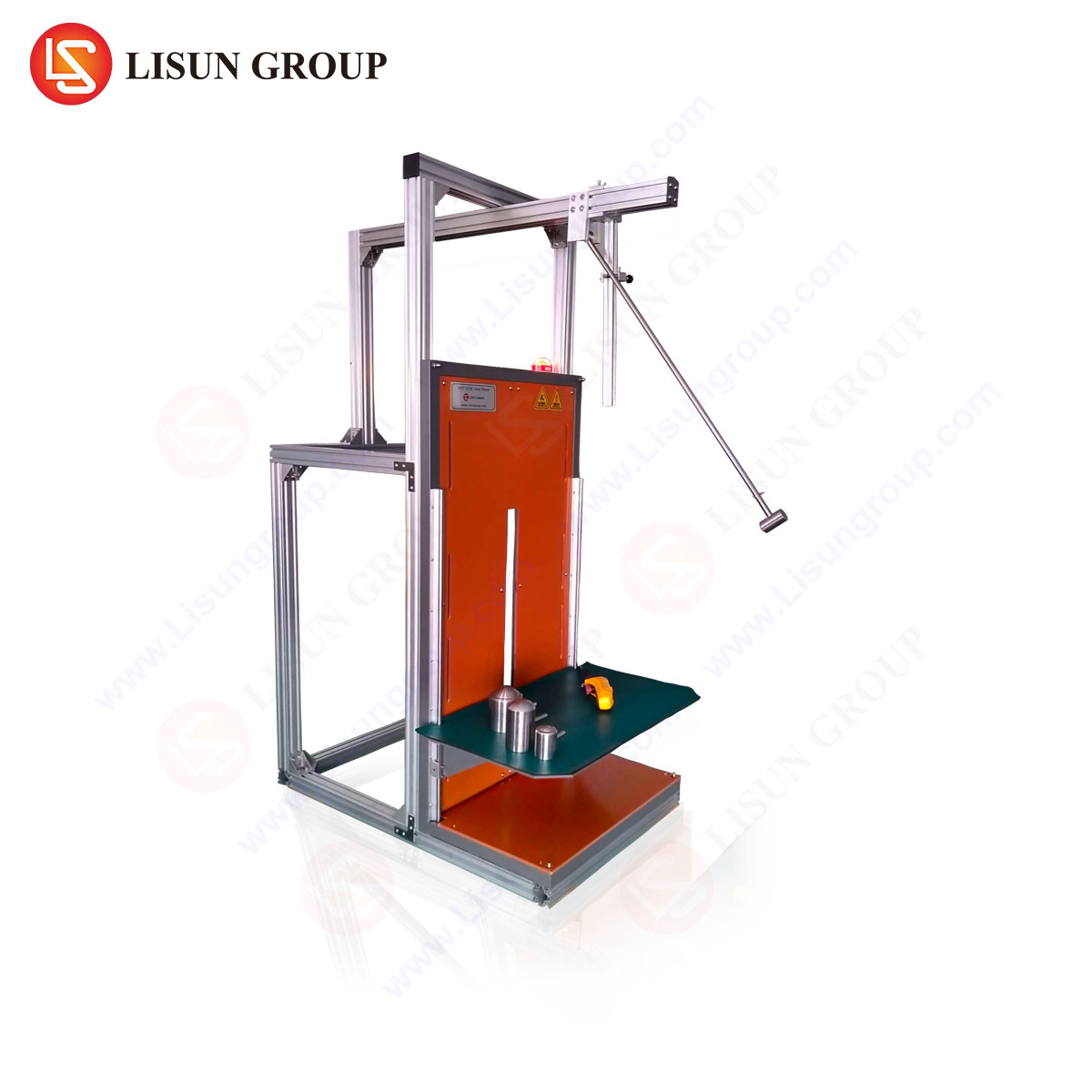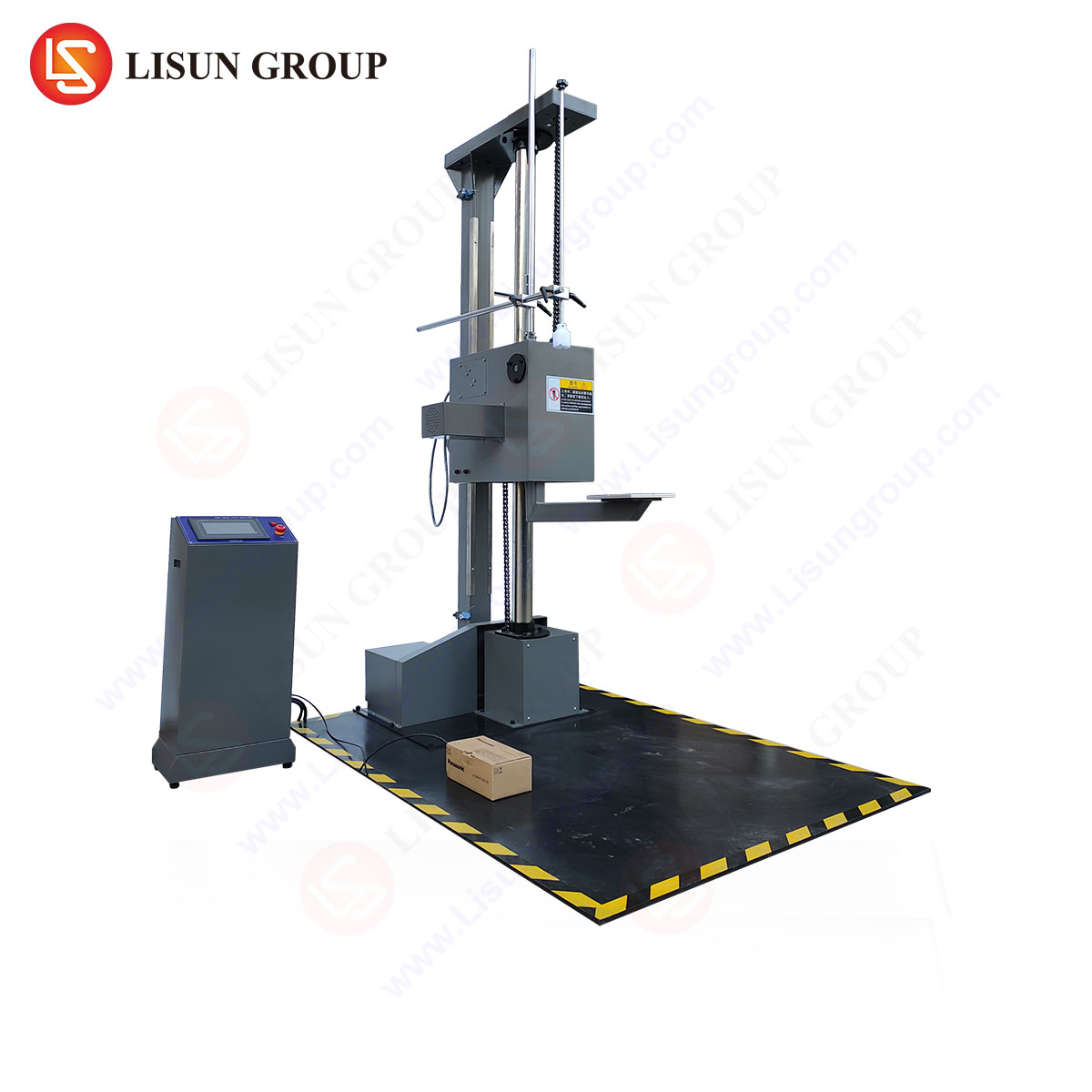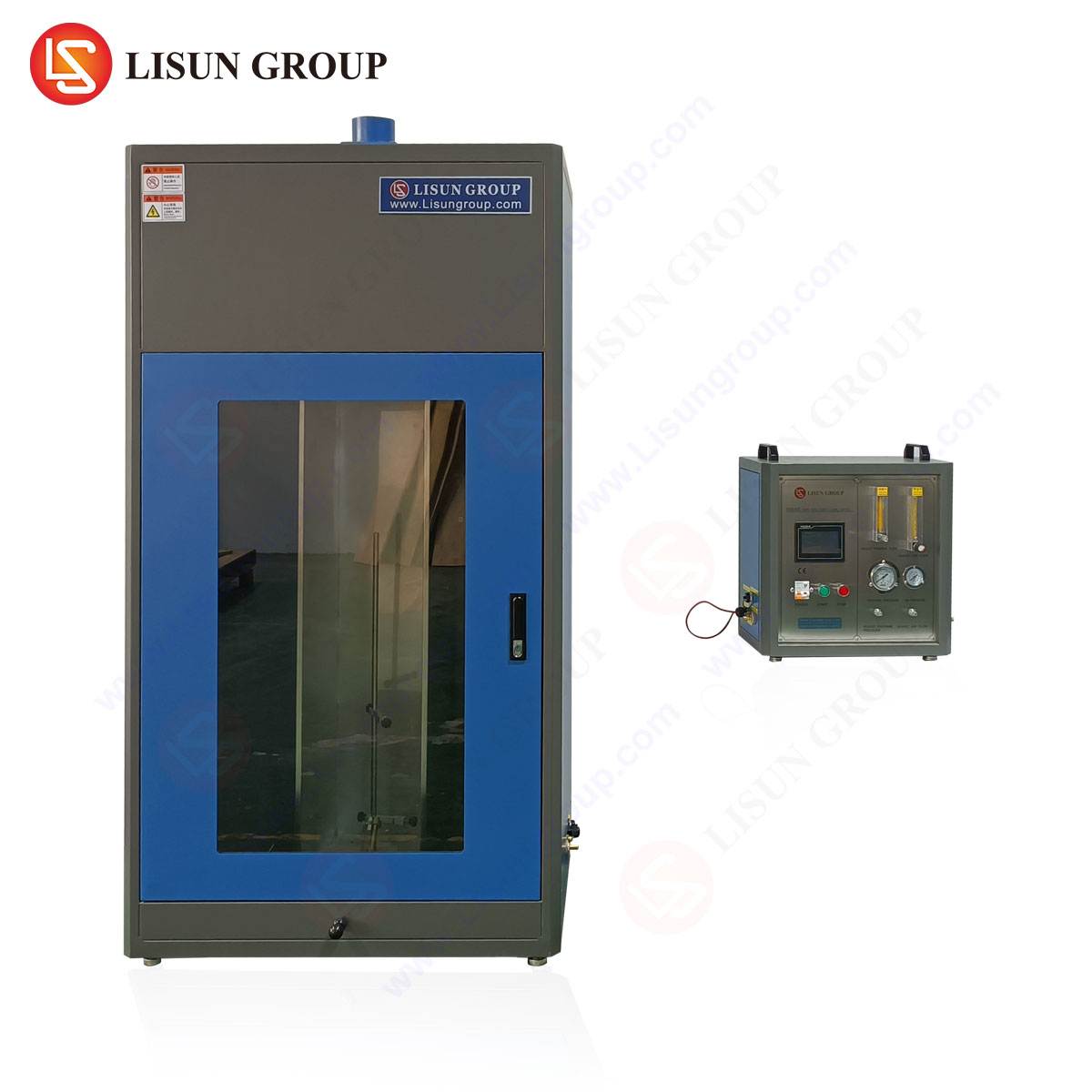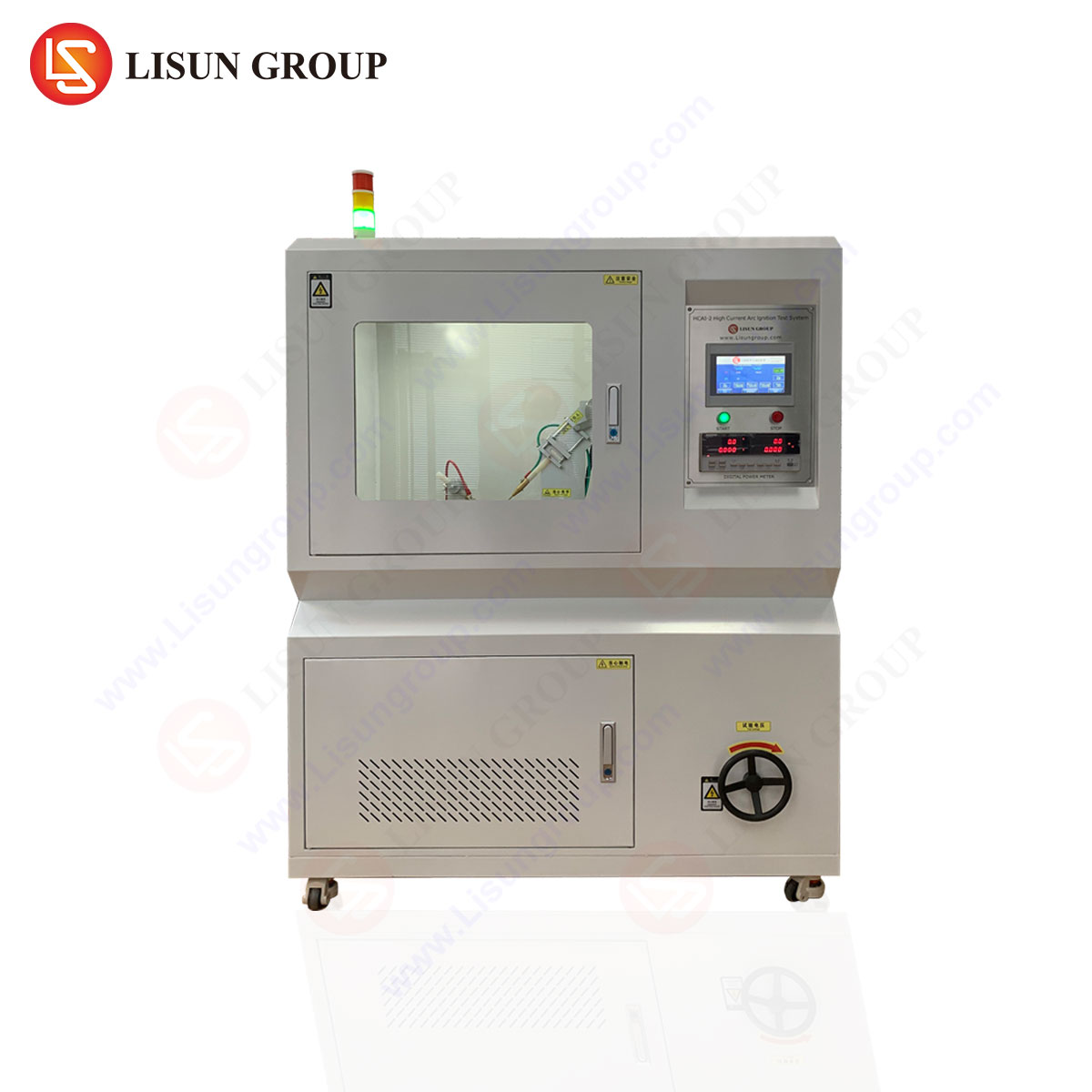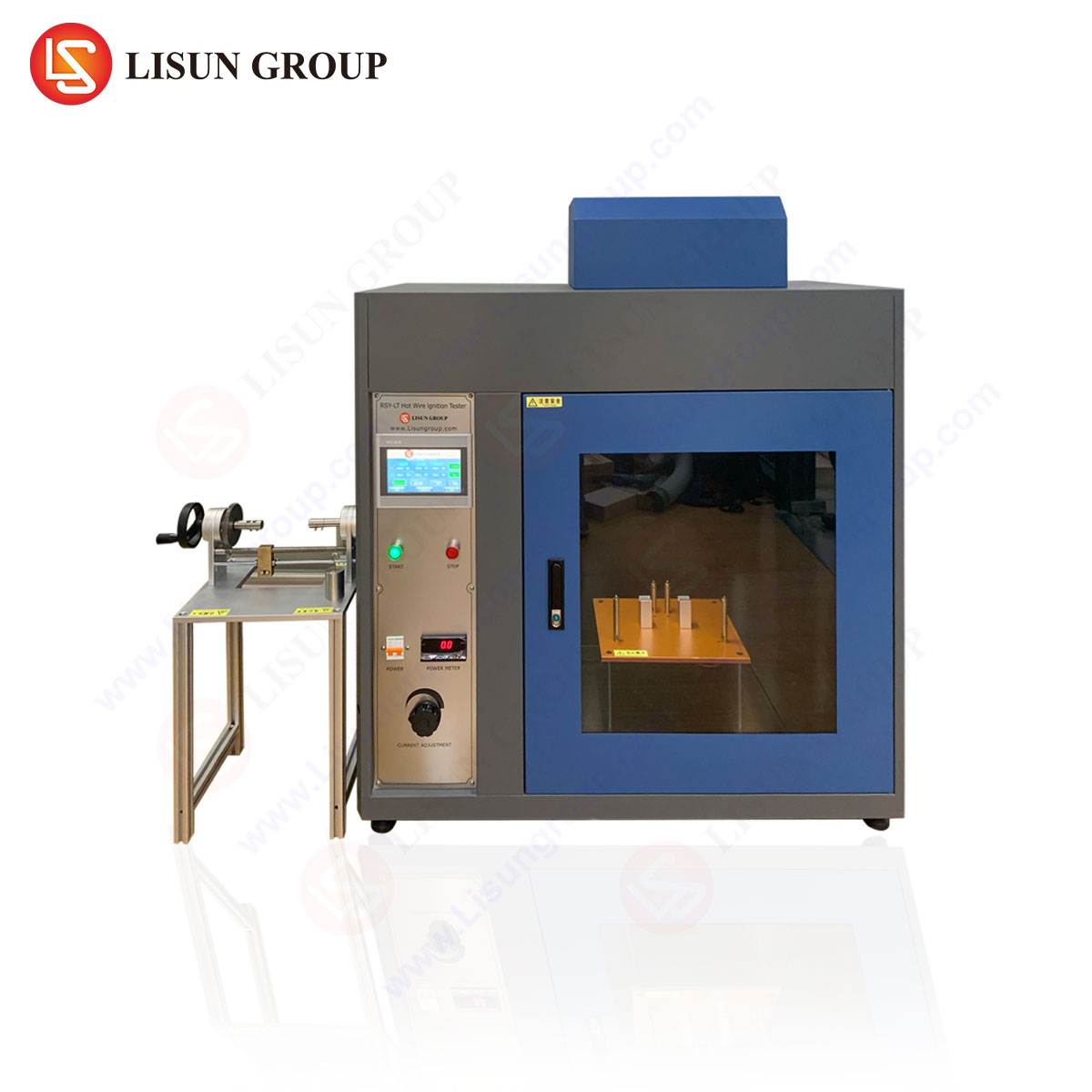Introduction to Drop Testing and Its Industrial Significance
Drop testing is a critical evaluation method used to assess the durability and structural integrity of products subjected to mechanical shock during transportation, handling, or accidental impacts. Industries such as electrical and electronic equipment, automotive electronics, and aerospace rely on standardized drop tests to ensure compliance with international safety and quality regulations. The 리순 DT-60KG Drop Test Machine is engineered to simulate free-fall impacts under controlled conditions, providing repeatable and quantifiable data for product validation.
Functional Principles of the DT-60KG Drop Test Machine
The DT-60KG operates on the fundamental principle of gravitational free-fall, replicating real-world impact scenarios. The device consists of a rigid test platform, an adjustable drop height mechanism, and a release system that ensures minimal interference during descent. The test specimen is secured to the platform, which is then elevated to a predetermined height (ranging from 300–1500 mm) before being released. The impact surface, typically constructed from reinforced steel or polymer composites, ensures consistent energy absorption characteristics.
Key operational parameters include:
- Impact Velocity: Calculated using the equation ( v = sqrt{2gh} ), where ( g ) is gravitational acceleration (9.81 m/s²) and ( h ) is the drop height.
- Peak Acceleration: Measured via integrated accelerometers to quantify shock resistance.
- Rebound Suppression: The machine minimizes secondary impacts to isolate primary shock effects.
Technical Specifications of the LISUN DT-60KG
The DT-60KG is designed for high-precision impact testing with the following specifications:
| 매개변수 | 사양 |
|---|---|
| Maximum Test Load | 60 kg |
| Drop Height Range | 300–1500 mm |
| Height Adjustment | Manual or Motorized |
| Impact Surface Material | Hardened Steel (optional: polymer composite) |
| Release Mechanism | Electromagnetic or Mechanical |
| 규정 준수 표준 | IEC 60068-2-31, MIL-STD-810G, ASTM D5276 |
This configuration ensures compatibility with diverse product categories, from fragile medical devices to rugged industrial control systems.
Industry-Specific Applications of Drop Testing
Electrical and Electronic Equipment
Consumer electronics, including smartphones and tablets, undergo drop testing to evaluate casing integrity and internal component stability. The DT-60KG’s adjustable drop height allows manufacturers to simulate falls from varying user heights, ensuring compliance with IEC 60068-2-31.
Automotive Electronics
Automotive control modules, infotainment systems, and sensors must withstand vibrations and accidental drops during assembly. The DT-60KG provides data on solder joint resilience and PCB mounting security under repeated impacts.
Lighting Fixtures and Aerospace Components
LED luminaires and aviation instrumentation require shock resistance to prevent failure in high-stress environments. The machine’s high-load capacity accommodates bulky fixtures while maintaining test accuracy.
Medical Devices and Telecommunications Equipment
Portable medical monitors and 5G base station components are tested for structural survivability in transit. The DT-60KG’s repeatability ensures adherence to ISO 14708-1 for implantable devices and ETSI EN 300 019 for telecom hardware.
Competitive Advantages of the DT-60KG
- Precision Height Adjustment: Unlike manual drop testers with fixed increments, the DT-60KG offers micrometer-level height calibration, critical for aerospace and defense applications.
- Multi-Material Impact Surfaces: Interchangeable plates (steel, rubber, or composite) simulate different landing surfaces, enhancing test realism.
- Regulatory Compliance: Pre-configured test modes align with IEC, ASTM, and MIL-STD standards, reducing validation time.
- Data Logging Integration: Optional high-speed cameras and accelerometers provide frame-by-frame impact analysis for failure diagnostics.
Comparative Analysis with Alternative Testing Methods
Traditional shock testing machines, such as pendulum impact testers, lack the controlled free-fall dynamics of the DT-60KG. Pneumatic drop simulators introduce air resistance artifacts, whereas the DT-60KG’s electromagnetic release ensures unaltered gravitational acceleration. For industries requiring exacting reproducibility—such as automotive and aerospace—the DT-60KG’s elimination of human error in release timing is a decisive advantage.
Case Study: Drop Testing in Cable and Wiring Systems
A leading manufacturer of industrial Ethernet cables utilized the DT-60KG to assess connector durability under 1,000 consecutive drops from 1 meter. Post-test analysis revealed that 95% of samples retained signal integrity, validating the design’s robustness per IEC 60512-4. This data directly informed material selection for high-vibration environments.
Future Developments in Drop Testing Technology
Emerging trends include AI-driven predictive failure modeling, where DT-60KG data trains algorithms to forecast product lifespan under cumulative impacts. Additionally, integration with environmental chambers will enable simultaneous thermal and mechanical stress testing, expanding the machine’s utility in EV battery validation.
FAQ 섹션
Q1: What is the maximum permissible specimen size for the DT-60KG?
The test platform accommodates specimens up to 800 x 800 mm, though custom fixtures can extend this for irregularly shaped components.
Q2: How does the DT-60KG ensure consistent drop angles?
A guided rail system restricts lateral movement, maintaining a perpendicular impact trajectory within ±2° of deviation.
Q3: Can the machine simulate edge or corner drops?
Yes, adjustable clamping fixtures allow for controlled edge/corner impacts per ISTA 3A protocols.
Q4: What maintenance is required for the DT-60KG?
Annual calibration of the release mechanism and impact surface inspection are recommended to preserve accuracy.
Q5: Is the DT-60KG suitable for testing brittle materials like glass?
Absolutely. The machine’s configurable shock absorption settings prevent excessive fragmentation during testing.


